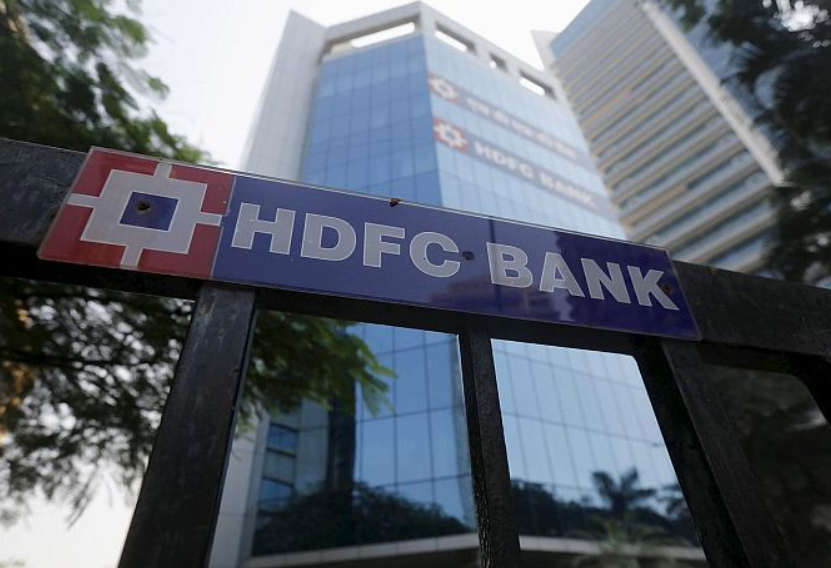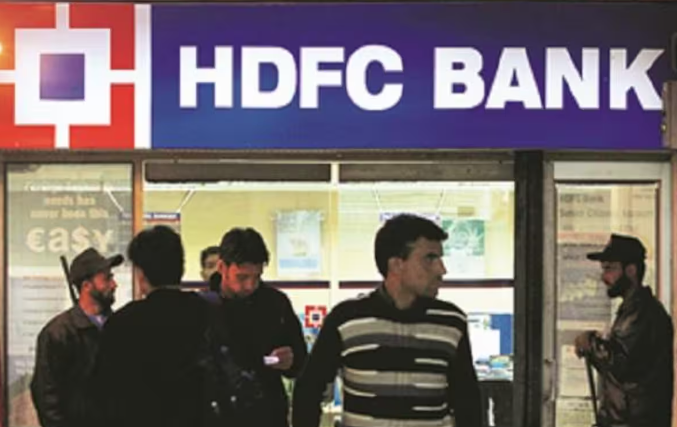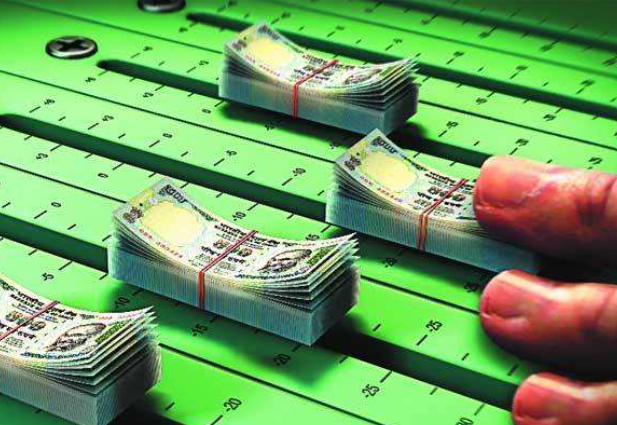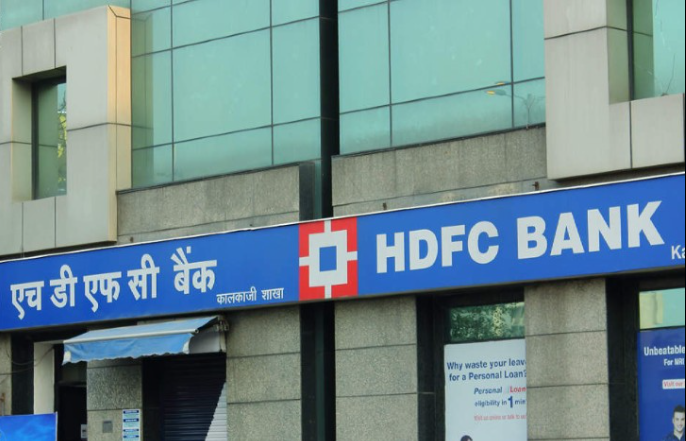HDFC Bank, the country’s most valuable lender, may no longer be a favorite of foreign portfolio investors (FPIs).
Two data indicators, both somewhat interconnected, hint to this: the falling premium of HDFC Bank’s American depositary receipts (ADRs) relative to local shares, and the abundance of domestic investment alternatives available to FPIs. The ADR premium has dropped to less than 5%, down from more than 30% in March 2021, and even lower than recent values.

It averaged just over 12% in calendar 2023, but it fell to 4.8% last week, the lowest level since June 2022. According to Anjali Sinha, Macquarie Capital Securities’ head of India equities sales, there is no fundamental rationale for this premium to exist. Any premium that exists is primarily due to investor slowness in re-evaluating ADR positions.
Furthermore, the many foreign investment opportunities in the local stock market, along with near-term fundamental concerns, do not augur well for the ADR premium, she warned. “Historically, the ADR premium was there primarily because the stock’s foreign headroom was limited (local stock was restricted to FPI purchases until 2018).”

“There are other reasons, such as a simpler process for investing in ADRs and tax advantages, but these are valid for all other Indian ADRs as well.” “So, none of these ADRs trade at a significant premium,” Sinha explained in a note. HDFC Bank’s peers’ ADRs, like as ICICI Bank and Axis Bank, frequently trade at a discount to their local shares.
Overseas funds’ interest in HDFC Bank has been dropping since Covid-19, resulting in the stock’s underperformance. HDFC Bank was placed on the red-flag list kept by depository National Securities Depository Limited (NSDL) in November 2020. This list is intended to track foreign investments in publicly traded stocks. Furthermore, a company is placed on it when the available room for foreign investment falls below 3% of the legal maximum.

Following its recent $40 billion merger with parent business, Housing Development Finance Corporation (HDFC), which has a considerably bigger FPI investment capacity, HDFC Bank’s FPI investment legroom has expanded. Foreign holdings in the amalgamated business stood at 60% immediately after the merger, resulting in a foreign investment room of more than 19%. The bank is scheduled to release its September quarter holdings soon, revealing the most recent FPI stake in the company.
Also Read: Citigroup Stock Rises On Higher-Than-Expected Third-Quarter Revenue
However, given the bank’s share price weakness, analysts do not rule out additional development of the FPI investment room. In terms of absolute holdings, HDFC Bank is among the top FPIs. So, what are the basic reasons for the decline in FPI interest in HDFC Bank?
“HDFC Bank has seen some hits on account of the merger — increase in provisioning to make up for lower provision coverage ratio of HDFC, lower net interest margin due to excess liquidity, lower deposit growth when ask rate is very high, higher non-performing loans in the real estate portfolio of HDFC and hits due to accounting norms,” Sinha wrote in the research note.

“All of this implies that the near-term return on assets (RoA) will be lower.”
“This RoA recovery will take two or three quarters.”
“So, we are talking about almost one year of sub-par performance versus peers if you consider Q4FF23 and Q1FY24 subpar performance,” she went on to say.
Shares of HDFC Bank
The country’s third most valuable company, plummeted 5% in two days last month after the lender suggested a potential negative impact of the merger. According to a report from Motilal Oswal, the amalgamated firm has everything in place to generate high profitability and growth in the future years, but successful execution is critical.
“The stock has dropped 10% in recent weeks, and the ADR premium has dropped to more than 12-month lows as investors remain cautious about the merged entity’s growth and return on equity recovery.”
“As a result, the stock is trading at appealing valuations of 2.1x March FY25E adjusted book value and (approximately) 13x earnings per share.”

“It has a favorable risk-reward profile for long-term investors.”
“Over the next three years, we expect HDFC Bank to deliver 16-17% annualised earnings growth, aided by synergies from mergers (expansion of home loan network to HDFC Bank branches and cross-sell of financial products to HDFC customers) and branch ramp-up to mobilise deposits.”
“This growth will be much higher than the global large banks’ range of 3-7% annualised growth rate, thus offering a strong case to be considered in large-cap bank / global portfolios,” said Jefferies in a note with a price objective of Rs 2,030 crore.
Click here to know more about HDFC bank.
image source: google




































